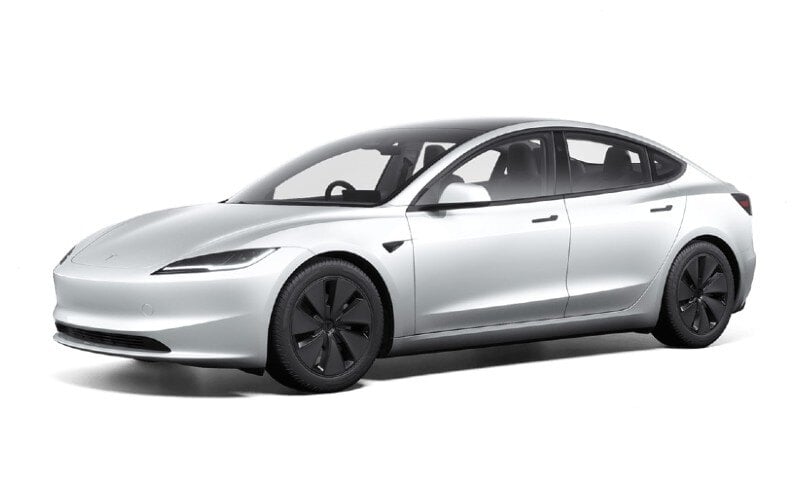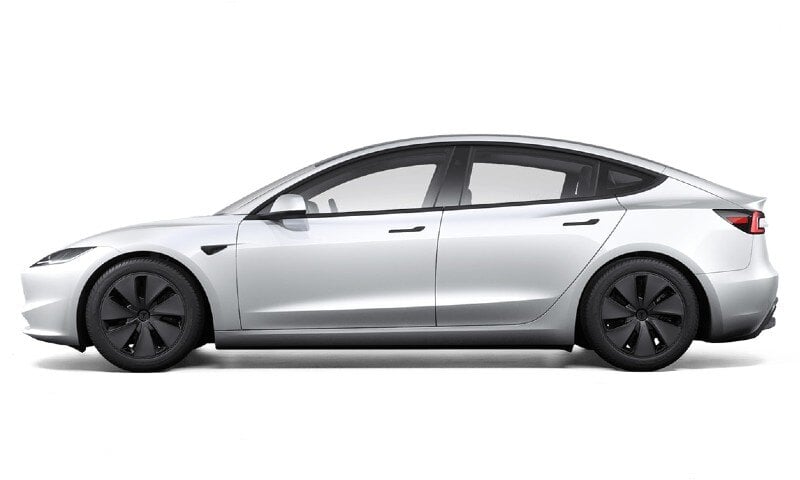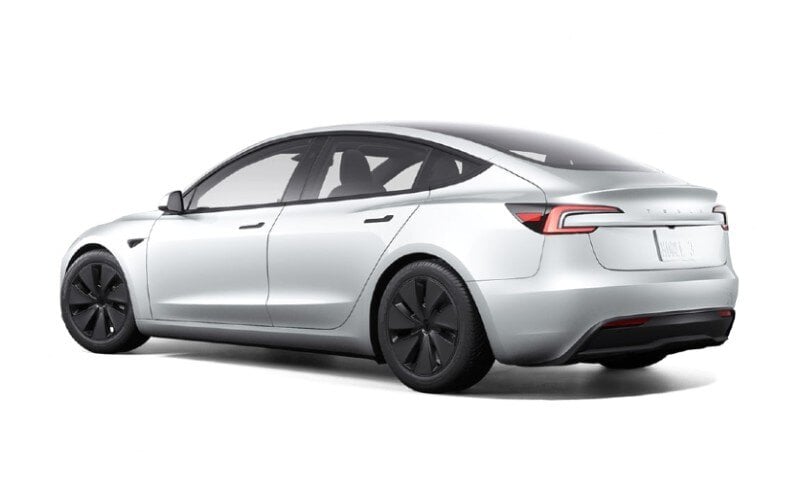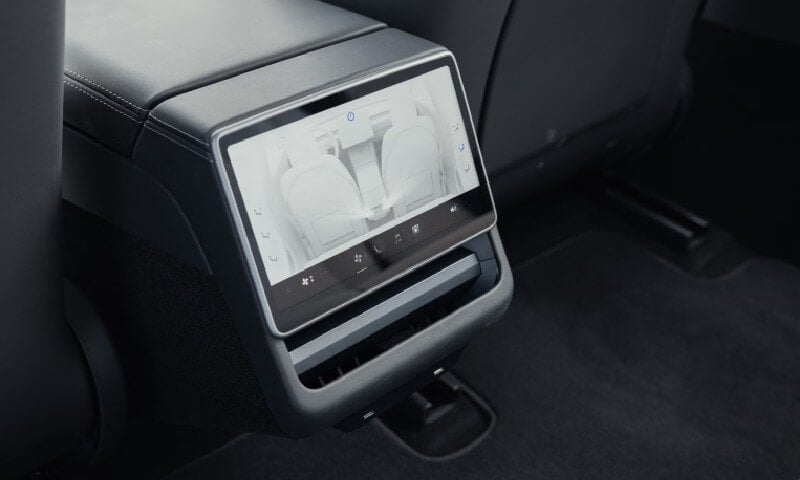Search
Popular Searches
Popular Searches










Model
Variant: Standard RWD (Highland available)
Battery: 50kWh
Range (WLTP)
Indicative: 448km
Efficiency: 14.4kW /100km
Cargo
Boot: 425L
Frunk: 88L
Charging (Max)
AC: 11kW
DC: 170kW
* Minimum cost based on holding the subscription for the minimum term (30 days) at the Flexi Plan weekly rate. Expand to see a breakdown of the costs.
| Monthly subscription fee (non AGL cust, excl. charger) |
$2057.14 |
| Joining fee (non-refundable) | $0 |
| Early termination fee | $0 |
* Minimum cost based on holding the subscription for the minimum term (30 days) at the 6 month weekly rate. Expand to see a breakdown of the costs.
| Monthly subscription fee (non AGL cust, excl. charger) |
$1842.86 |
| Joining fee (non-refundable) | $0 |
| Early termination fee | $500 |
* Minimum cost based on holding the subscription for the minimum term (30 days) at the 12 month weekly rate. Expand to see a breakdown of the costs.
| Monthly subscription fee (non AGL cust, excl. charger) |
$1714.29 |
| Joining fee (non-refundable) | $0 |
| Early termination fee | $1000 |
The cost to charge your Tesla Model 3 will depend on a number of factors, for example, where you charge (at home or at a charging station), for how long and what time of day. Charging from home is the cheapest option as you'll just be paying what you pay for electricity at your property.
The Tesla Model 3 has a 50kWh battery, so to work out what it would cost to charge up to full capacity, simply multiply the kWh rate for electricity by 50.
Here's an example: $0.28c/kWh of electricity x 50 (the kWh battery capacity of the Tesla Model 3) = $14
Be sure to check if you are on a time of use energy cost as it might be even cheaper to charge your Tesla Model 3 during off peak times.
Read more about electricity usage from charging.
The Tesla model 3 has an indicative range of 448km on a single charge. However, just like a petrol or diesel vehicle, this can vary depending on a number of factors; such as how you drive (acceleration and deceleration), the weather (colder weather can drain a battery slightly quicker) and whether or not you have air conditioning on.
Charging times depends on the type of charger you use. With a 7kW home charger installed (which is the most common for a single phase property), you can get a full charge overnight.
A standard home power point, it will take longer and a commercial public charger will be faster (from empty to 80% full in less than an hour).
Read more about charging your Model 3.
A Tesla Model 3 can in a lot of cases be cheaper to maintain and run than an equivalent petrol or diesel car. This is due to the fact that electric cars have fewer moving parts than their petrol or diesel counterparts. Less moving parts, means less things can break and go wrong.
Electricity is cheaper than petrol or diesel currently so charging your Tesla Model 3 can be significantly cheaper than filling up an equivalent fossil fuel vehicle. If you have solar at home and charge during the day, there's an even bigger saving!

AGL recognises the Aboriginal and Torres Strait Islander peoples as the Traditional Owners of the lands on which we work, and we acknowledge those communities' continuing connections to their lands, waters and cultures. We pay our respects to their Elders past, present and emerging.